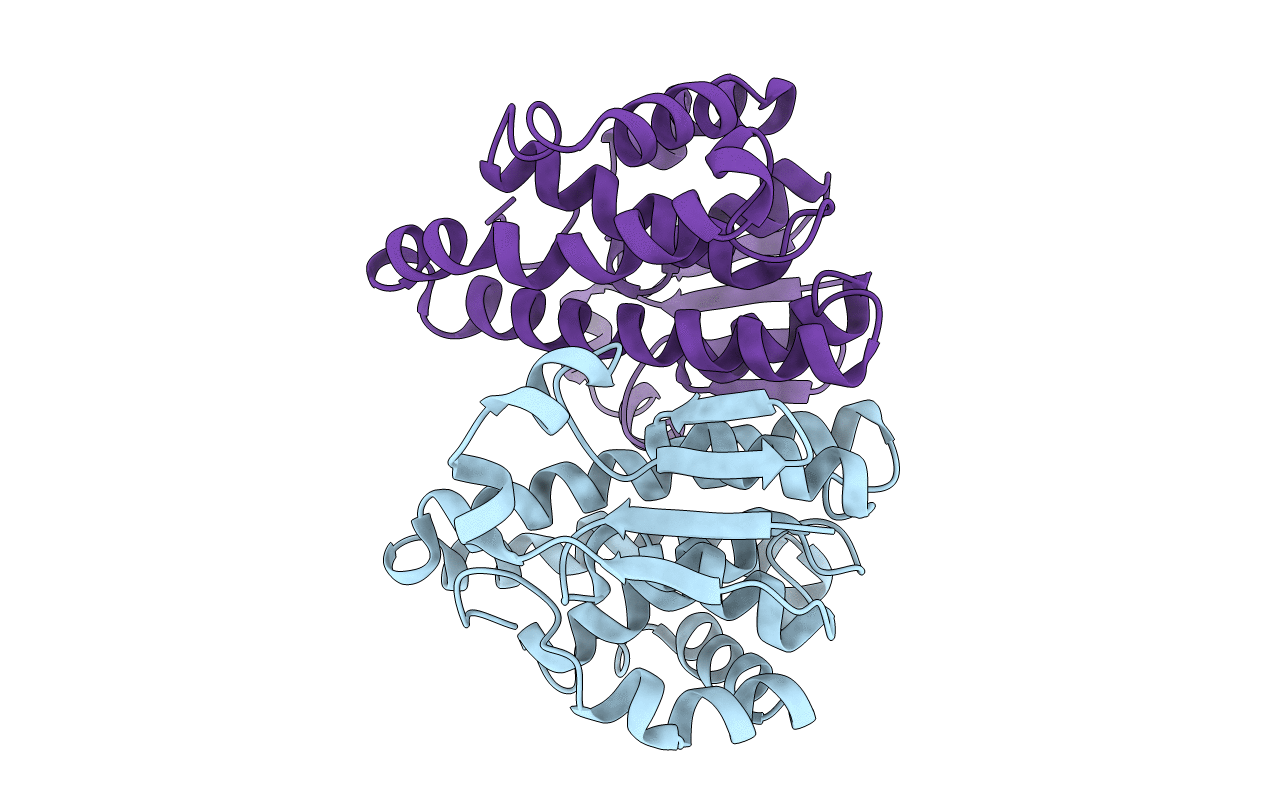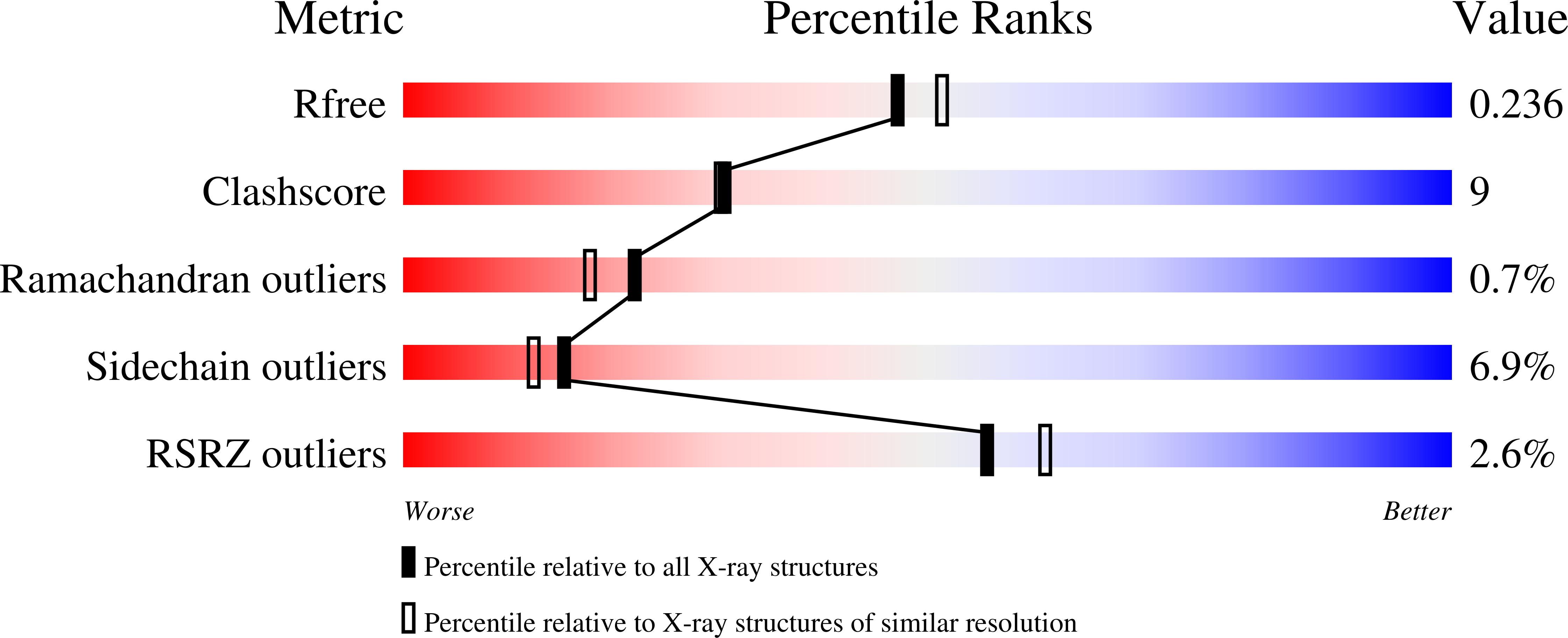
Deposition Date
2000-03-22
Release Date
2000-10-18
Last Version Date
2024-02-07
Method Details:
Experimental Method:
Resolution:
2.10 Å
R-Value Free:
0.23
R-Value Work:
0.20
R-Value Observed:
0.20
Space Group:
C 1 2 1


